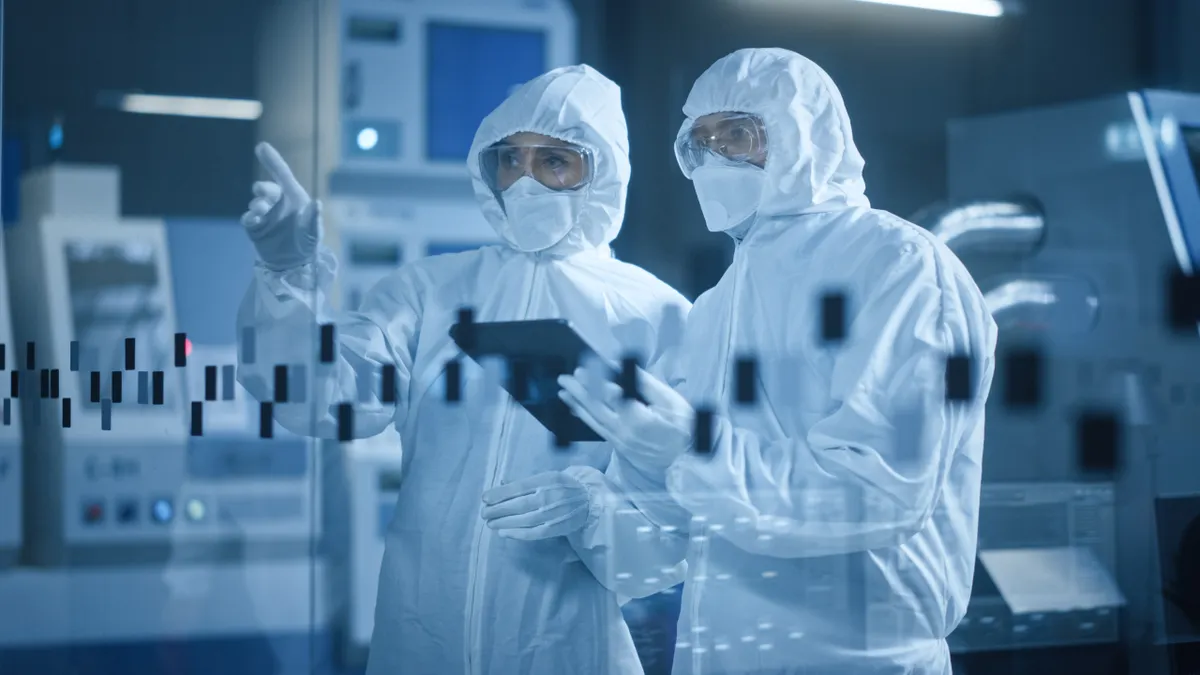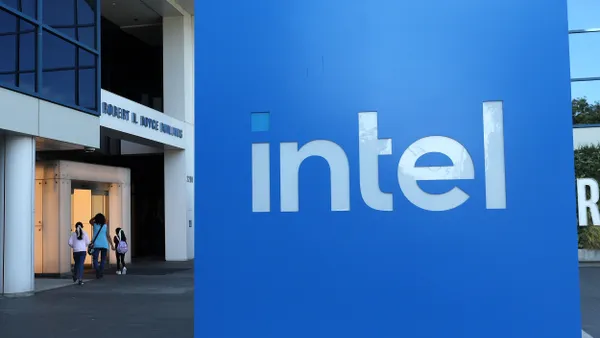As more manufacturers turn to digital twins, the pharmaceutical sector has been weary of signing up.
In the next two to three years, 31% of manufacturers plan to adopt the technology, which can be used to monitor operations in real-time and run simulations for workflow changes and other facility improvements, according to Gartner analyst Alfonso Velosa.
However, some stakeholders in the pharmaceutical industry, which thrives off of innovation to develop new drugs and patient solutions, are hesitant to integrate virtual representations of their assets without clear cybersecurity standards.
Moving forward, experts say that digital twin adoption in the space should depend on how companies plan to use the technology, and how comfortable they are accepting the risks that may come with integration.
Digital twins’ double-edges complicate adoption
At biotechnology and bioenergy consulting firm Stealth, co-founder Agustin Llamas is helping pharma companies to navigate adopting new technologies — including digital twins.
Concern over cybersecurity, Llamas said, is one of the main reasons why the technology has not been widely adopted in the sector. Companies are hesitant to upload their data to a central platform, like a digital twin, as well as possibly share that information with a software vendor.
“What we have in the sector is really high proprietary value,” he said. “So it’s really difficult to get these companies to share such advancements. Being able to implement this process comes with a lot of input — machines cannot think by themselves.”
For example, if a company owns a patent to produce a certain drug, the intellectual property behind the entire manufacturing process — from how its compounds are extracted to how they are combined to create the medicine — is needed for a digital twin model to run simulations, Llamas said.
“You’re in a really sensitive ecosystem,” he added. “I think it’s going to be more effectively used in other sectors like alternative proteins or especially ingredients, which are a little less sensitive.”
However, Purdue professor of advanced manufacturing Nathan Hartman believes the potential for a security breach should not automatically hinder digital twin adoption.
The data behind a digital twin can be secured in a similar manner to how companies protect other sensitive data, Hartman explained.
The only caveat, he noted, is that companies across the industry are still grappling with how to secure all the digital technologies on their shop floors.
Advanced technologies raise cybersecurity concerns
Nearly half of critical manufacturers across the globe face a significant risk of a data breach as companies increasingly rely on automation, which tethers their cyber resiliency to how secure connections are between a web of applications and connected parts.
“The network structures, the routers, the servers, all the various sensors that people seem to be enamored with that are being put on various machines, they have to connect to something,” Hartman, who also serves as co-executive director of the Indiana Next-generation Manufacturing Competitiveness Center, said.
“You have to take the time to configure them, adjust the security settings and make sure they are behind your firewall. There are a lot of technologies being developed right now and not a lot of commonality in terms of software [and] security protocols," he added.
A lack of standard cybersecurity procedures for integrating a stream of new tech leads to hesitancy when it comes to deploying technologies like digital twins, Hartman said.
But the risks digital twins present don’t necessarily outweigh the benefits, especially for companies producing over-the-counter or off-patent medicines, according to Llamas.
“If you’re going for a generic, then definitely it can add value to the process,” Llamas said.
Some of the biggest advantages of using digital twins are improved quality control and optimizing the drug production process, he said. This includes reducing waste, energy use and even costs by identifying new compounds for use in drug production that could be cheaper.
In general, Hartman suspects a lot of companies are integrating digital twins into their operations without a specific goal in mind for using the platform.
“I do think there’s a risk to people in manufacturing where they are trying to do something because all of their competitors are doing it,” he said. “It’s not a one-size-fits-all approach.”












